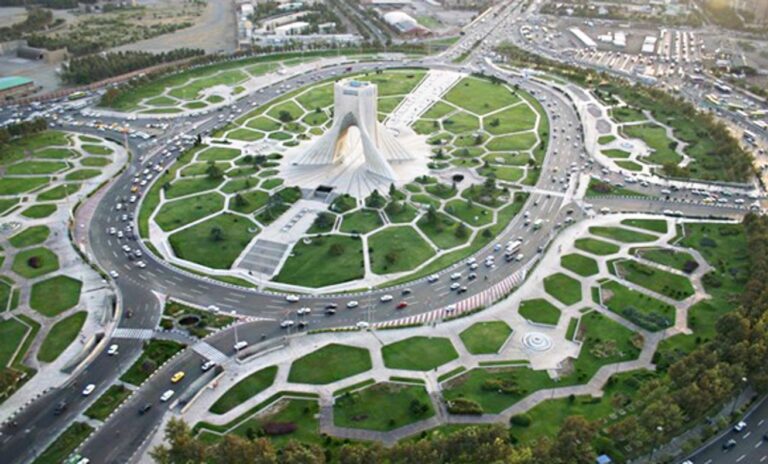
Modern architecture in Iran emerged as one of the most transformative movements in the early 20th century. Influenced by global developments and in response to the evolving needs of Iranian society, it bridged the gap between tradition and modernity.
Emergence and Development of Modern Architecture
During the Pahlavi era, structural and urban changes in Iran reached their peak. The construction of landmarks such as the University of Tehran, Tehran Railway Station, and Rasht City Hall exemplified the influence of modern architecture in the country. The use of new materials such as concrete and glass, along with simple and efficient designs, characterized this period.
Post-Revolution Era
After the Islamic Revolution, despite an emphasis on Iranian-Islamic identity, modern architecture maintained its presence. In recent years, efforts to merge traditional and modern architectural concepts have resulted in projects like the Tabiat Bridge and Milad Tower.
Characteristics of Modern Architecture in Iran
– Use of simple lines and geometric shapes
– Application of new materials and technologies
– Focus on the functional needs of buildings
– Integration of traditional elements with modern designs
Conclusion
Modern architecture in Iran reflects the effort to harmonize the past and future. By embracing global principles while preserving cultural identity, it has carved out a unique position in urban development and building design. The future of Iranian architecture depends on the continued creative interaction between tradition and modernity.


No comments yet.